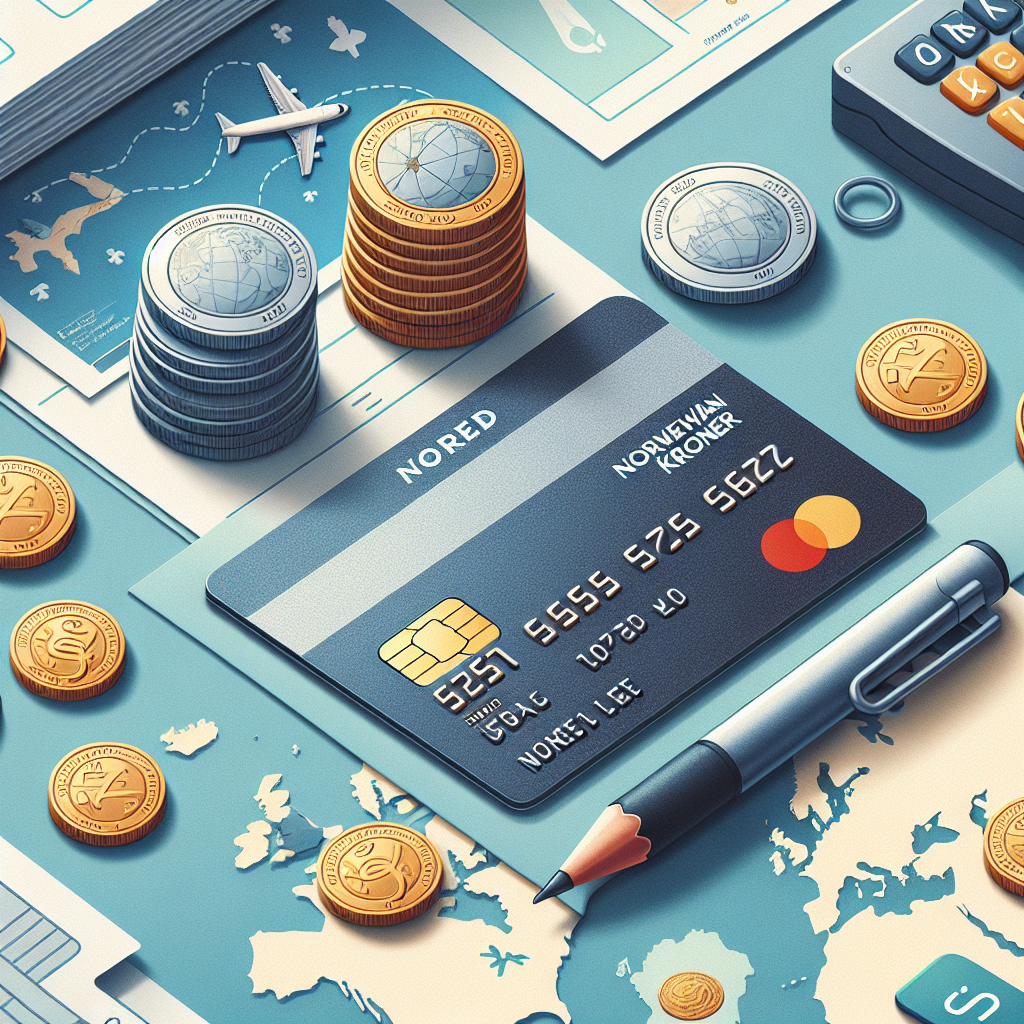Understanding Foreign Transaction Fees
Foreign transaction fees are an often-overlooked expense when you use a credit or debit card outside of its home currency. Whether you are a visitor in Norway using a foreign card or a resident with a Norwegian card traveling abroad, these fees add up and can turn inexpensive purchases into unexpectedly costly transactions.
What exactly is a foreign transaction fee?
For a clear, concise definition, see what is a foreign transaction fee. In short, it’s a percentage charge (commonly 1%–3%) applied by the card issuer or network on top of the converted amount whenever you make a purchase in a different currency or when a merchant processes payment in a currency different from your card’s billing currency.
How foreign transaction fees affect Norway credit cards
Norway’s official currency is the Norwegian krone (NOK). If your card bills in euros, dollars, or another currency, every payment in NOK will involve a currency conversion — and potentially a fee. Conversely, Norwegian-issued cards can incur fees when used abroad. The two main cost areas to watch are the conversion markup and any issuer-applied foreign transaction fee.
Typical scenarios
- Tourist from abroad pays with a foreign card in Norway: currency conversion + foreign transaction fee may apply.
- Norwegian resident uses a Norwegian card overseas: the card issuer may add a foreign transaction fee on top of the network exchange rate.
- Online payments in foreign currency (subscriptions, gambling sites, international retailers) can also trigger the same charges.
Sources of extra costs beyond the headline fee
Foreign transaction fees are only one part of the total cost picture. Be mindful of these additional charges:
- Dynamic Currency Conversion (DCC): Merchants or ATMs may offer to charge you in your home currency at the point of sale. DCC usually uses a poor exchange rate plus a markup—decline it and pay in the local currency to avoid the markup.
- ATM operator fees: The ATM you use may charge a fixed fee on top of your bank’s fees for foreign withdrawals.
- Cash advance fees: Withdrawing cash on a credit card can trigger cash advance fees and higher interest rates from the withdrawal date.
- Merchant surcharges: Some merchants add a surcharge for card payments or for certain card types.
How to avoid or minimize foreign transaction fees
Practical strategies will help cut costs whether you live in Norway, travel there, or use Norwegian cards abroad.
Choose the right card
- Look for credit cards that advertise no foreign transaction fees. Many travel-focused cards (including fintech and global-bank offerings) waive the fee entirely.
- Compare not only fees but also the exchange rates used—the network (Visa, Mastercard) base rate is often better than the merchant’s DCC rate.
Use local currency and decline DCC
When given a choice at checkout or ATM, always choose to pay in the local currency (NOK in Norway) and decline any offers to convert to your card’s currency. Although paying in your home currency may seem more convenient, the conversion and markup applied by DCC are typically worse than your card issuer’s rate plus any standard foreign transaction fee.
Consolidate withdrawals and use fee-friendly ATMs
Plan your cash needs to minimize multiple ATM fees. If you must withdraw cash, take a larger sum in a single withdrawal from ATMs known to be friendly with international cards (look for partner banks or networks where your issuer reimburses fees).
Consider multi-currency or travel cards
Modern fintech cards and some travel credit cards offer favorable exchange rates and low or zero FX fees. These options are attractive for frequent travelers, digital nomads, and anyone who receives or spends money in multiple currencies.
Special considerations: online merchants and gaming sites
Online purchases and gaming sites can hide fees in exchange rates or payment processing. If you use cards for online gambling or deposits, read the payment terms carefully and confirm whether your card will be charged in NOK or another currency. For guidance on maximizing promotional value while watching payment costs, reputable tips like strategies for casino bonuses discuss payment choices as part of an overall cost-aware approach.
Practical pre-travel checklist
- Confirm whether your primary cards have foreign transaction fees; apply for a no-FX-fee card if you travel frequently.
- Notify card issuers of travel plans to reduce fraud blocks and ensure smooth transactions.
- Bring at least one card that bills in a major currency with low or no FX fees and one local-payment-capable card as backup.
- Know the ATM networks and partner banks in your destination to minimize withdrawal fees.
- Save and bookmark resources that compare card policies and user experiences, such as Norway-credit-card.com, to stay informed about the best options for Norway and cross-border spending.
Final tips and smart habits
Adopting a few simple habits will protect you from unnecessary costs: always check the currency displayed before authorizing a payment, prioritize cards with transparent exchange rates, and keep a record of typical fees applied by your issuer so you can quickly spot unusual charges on statements.
Foreign transaction fees are avoidable with awareness and the right financial tools. Whether you’re visiting Norway or using a Norwegian card abroad, small planning steps can translate into meaningful savings.

